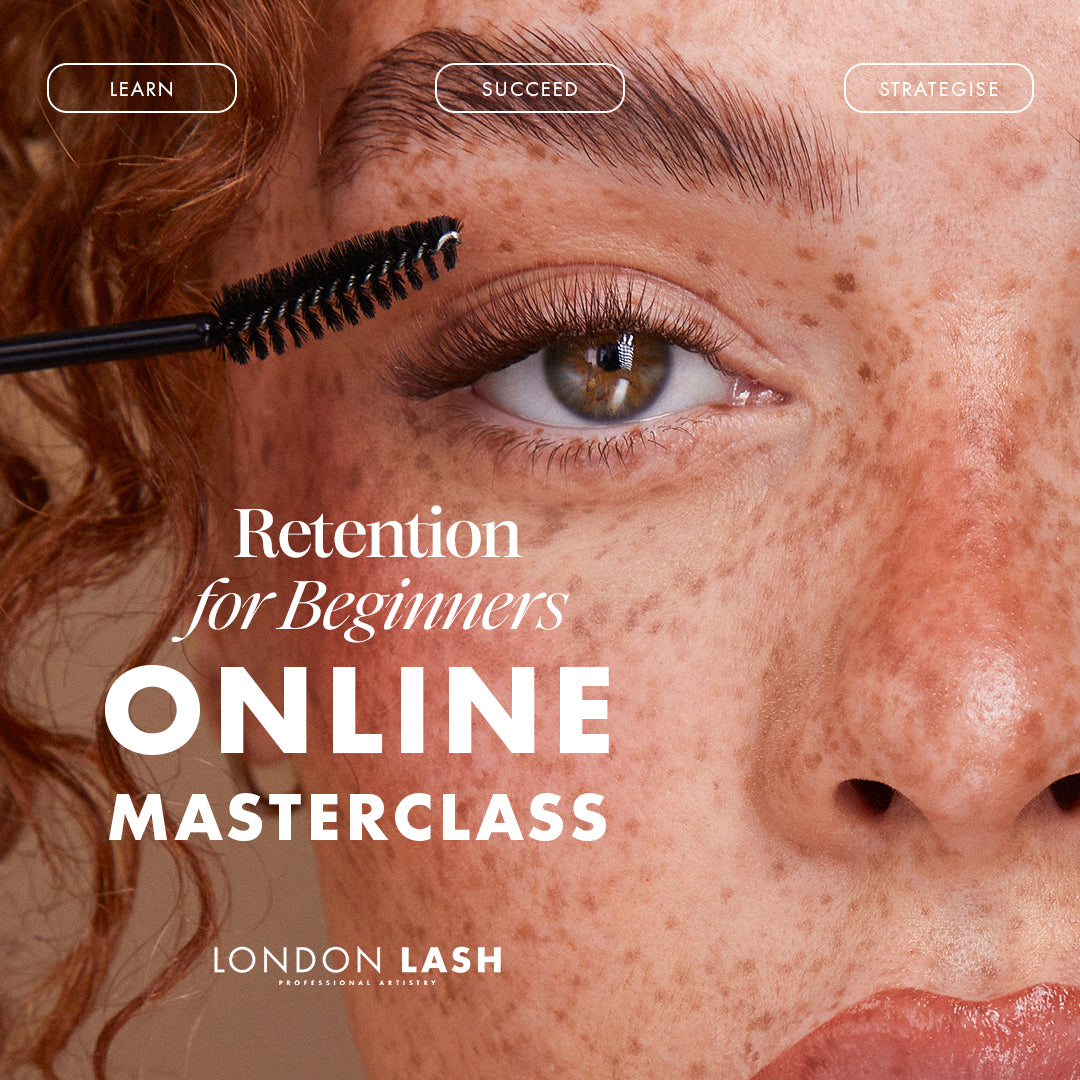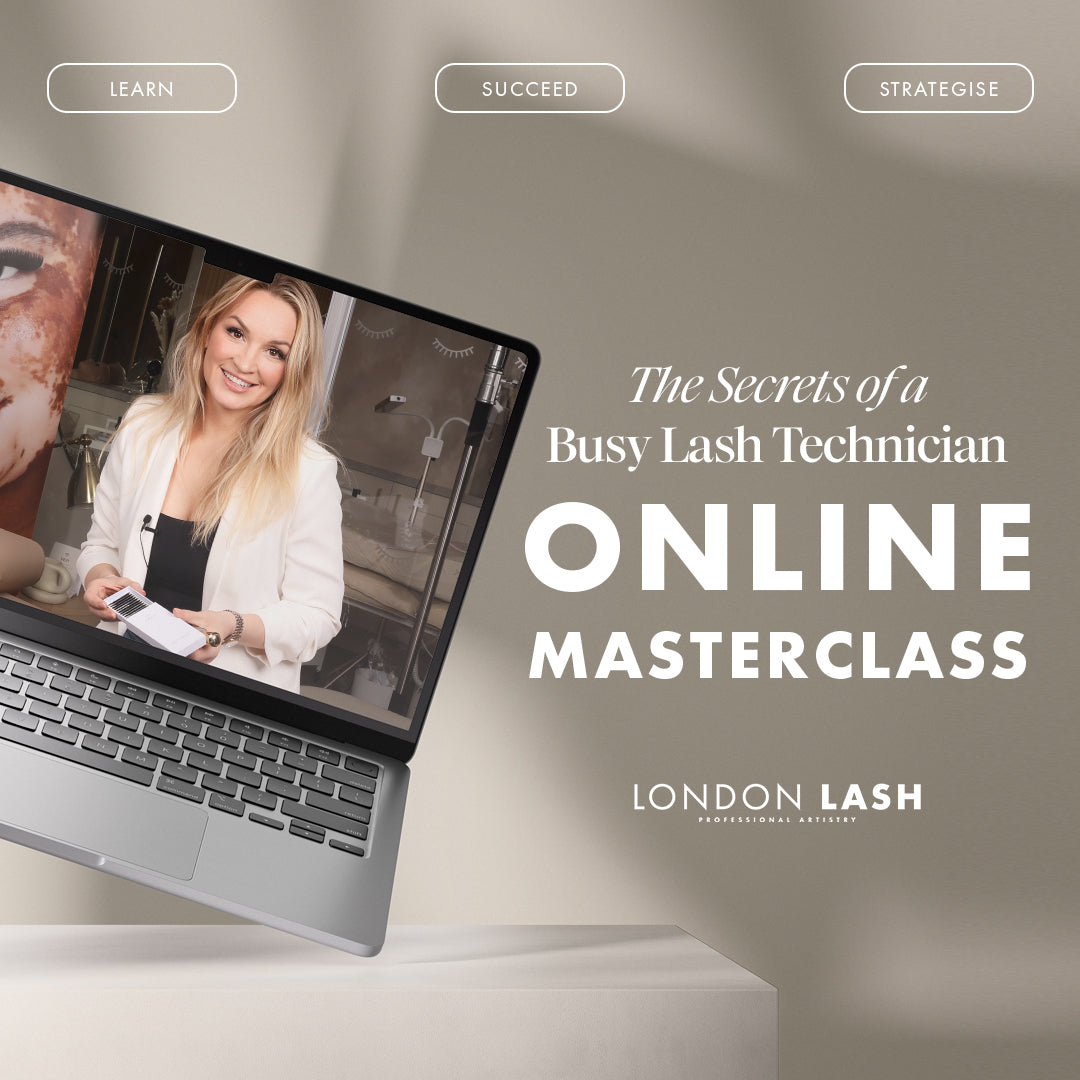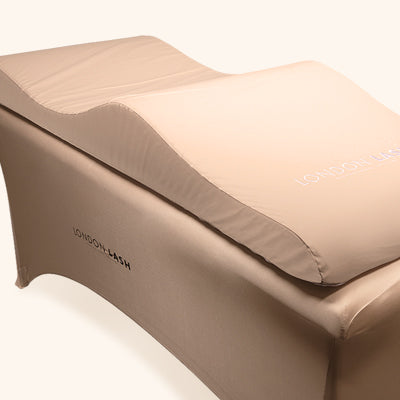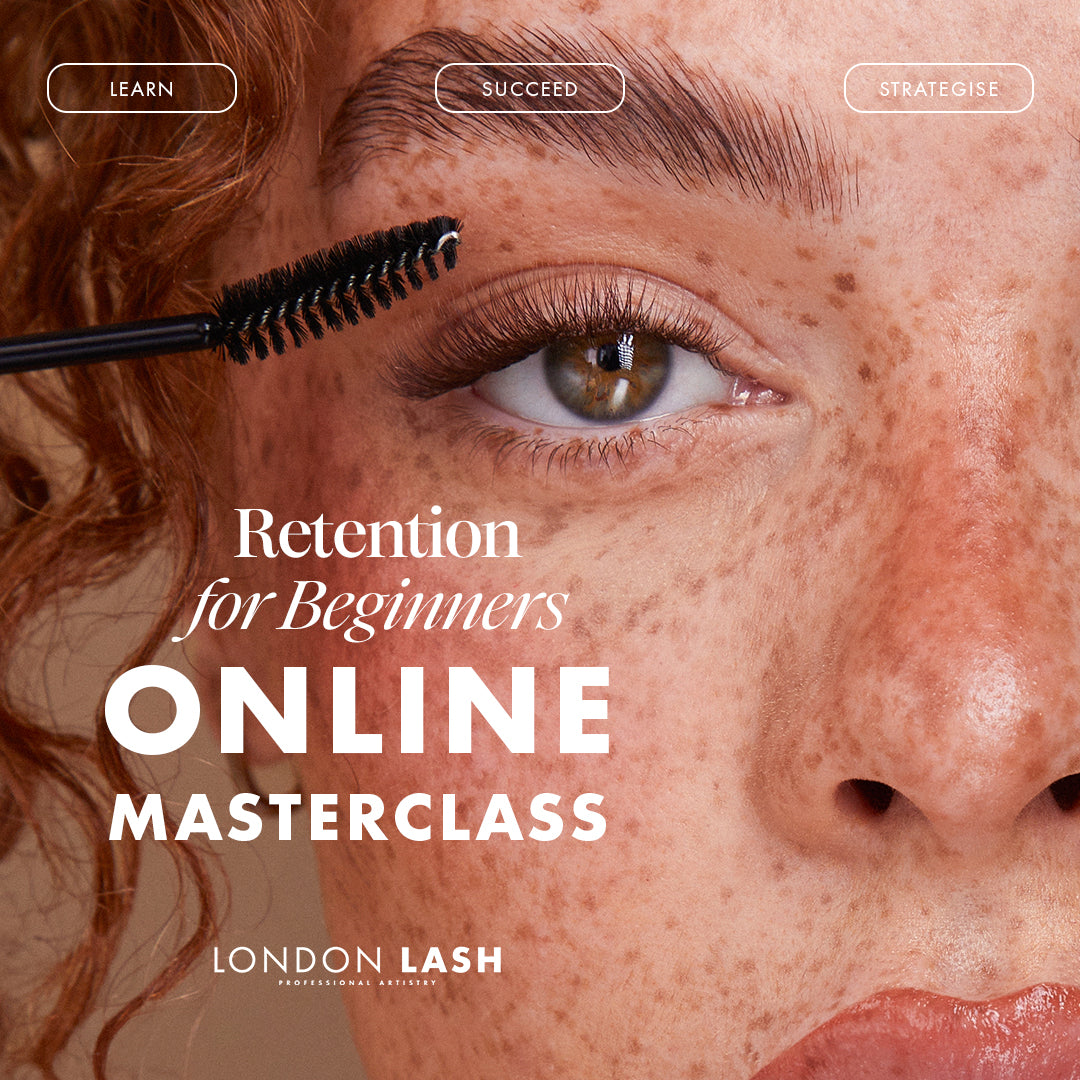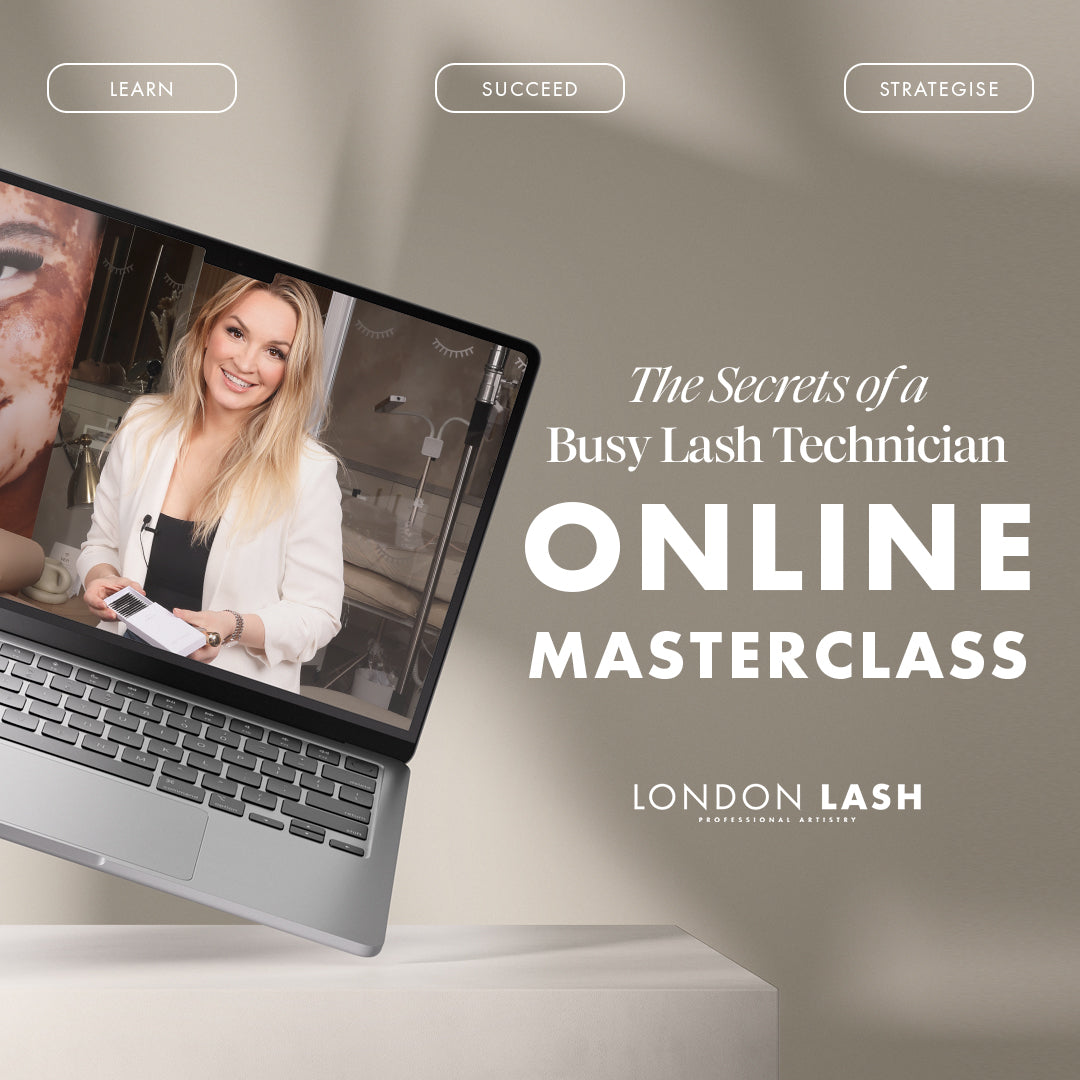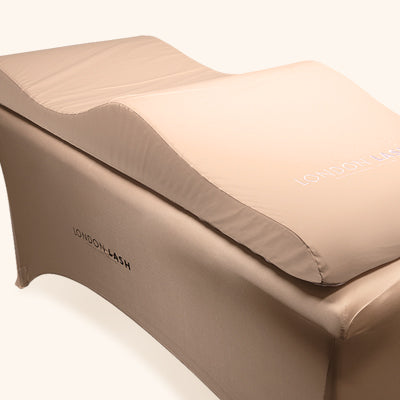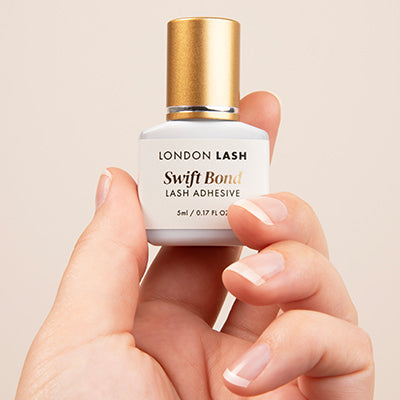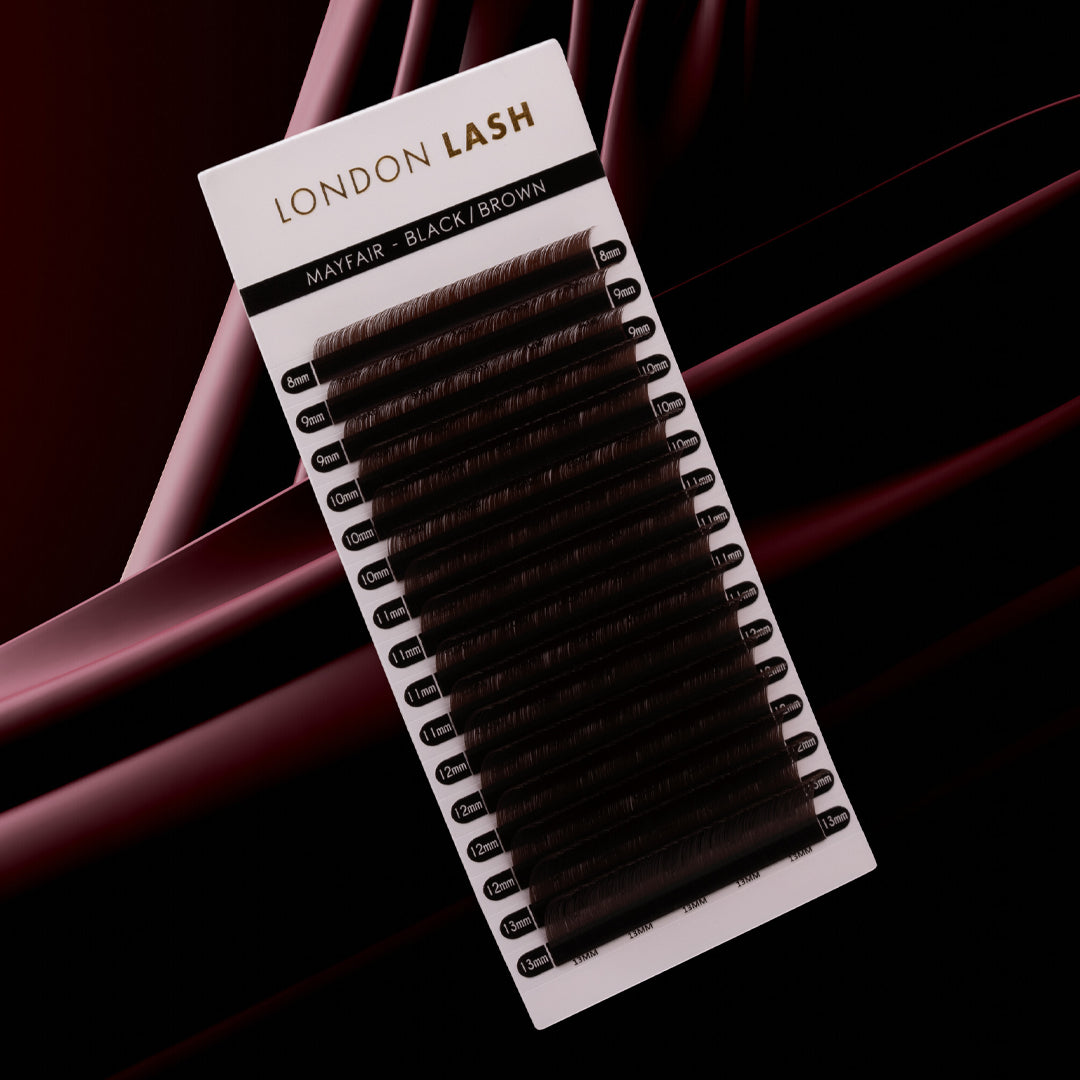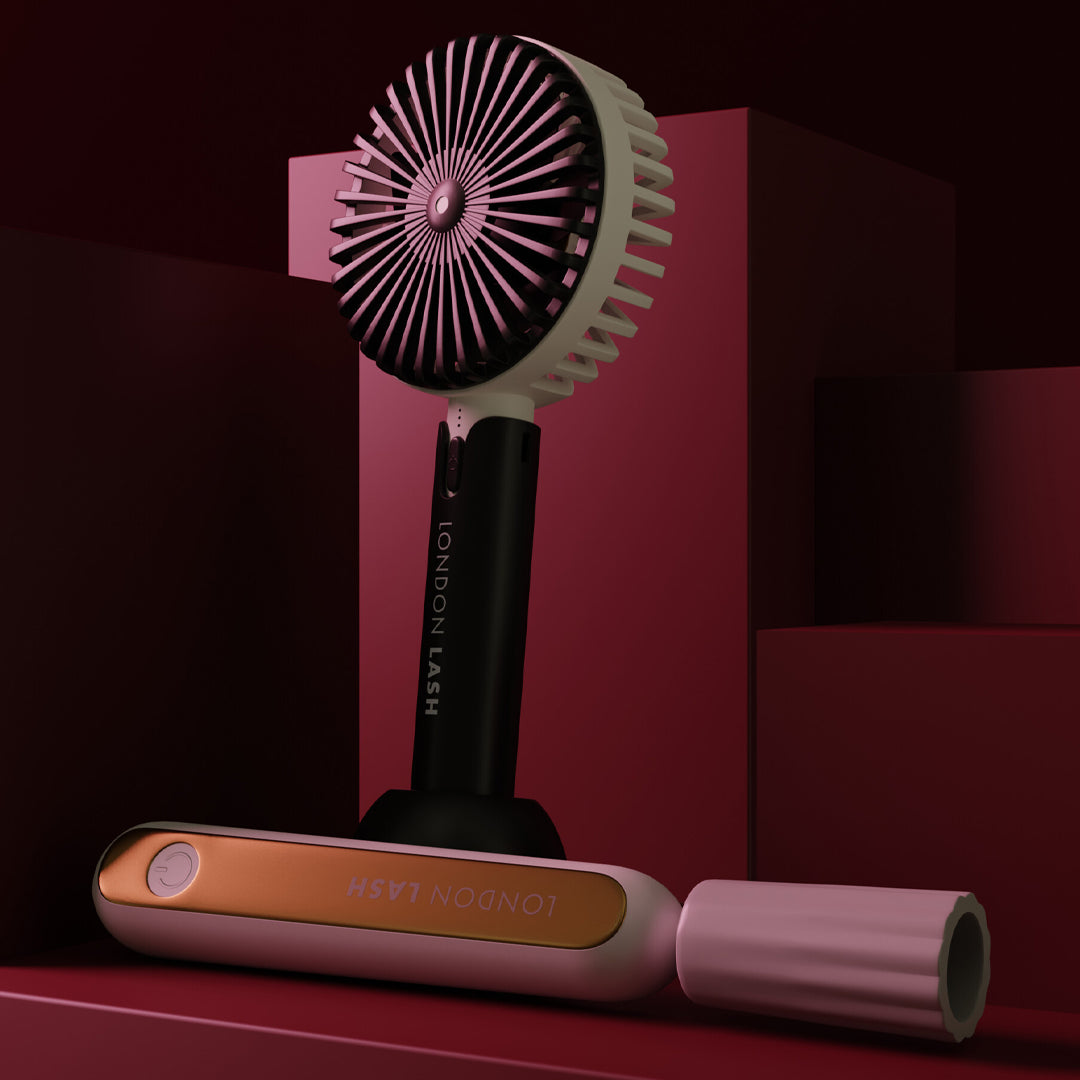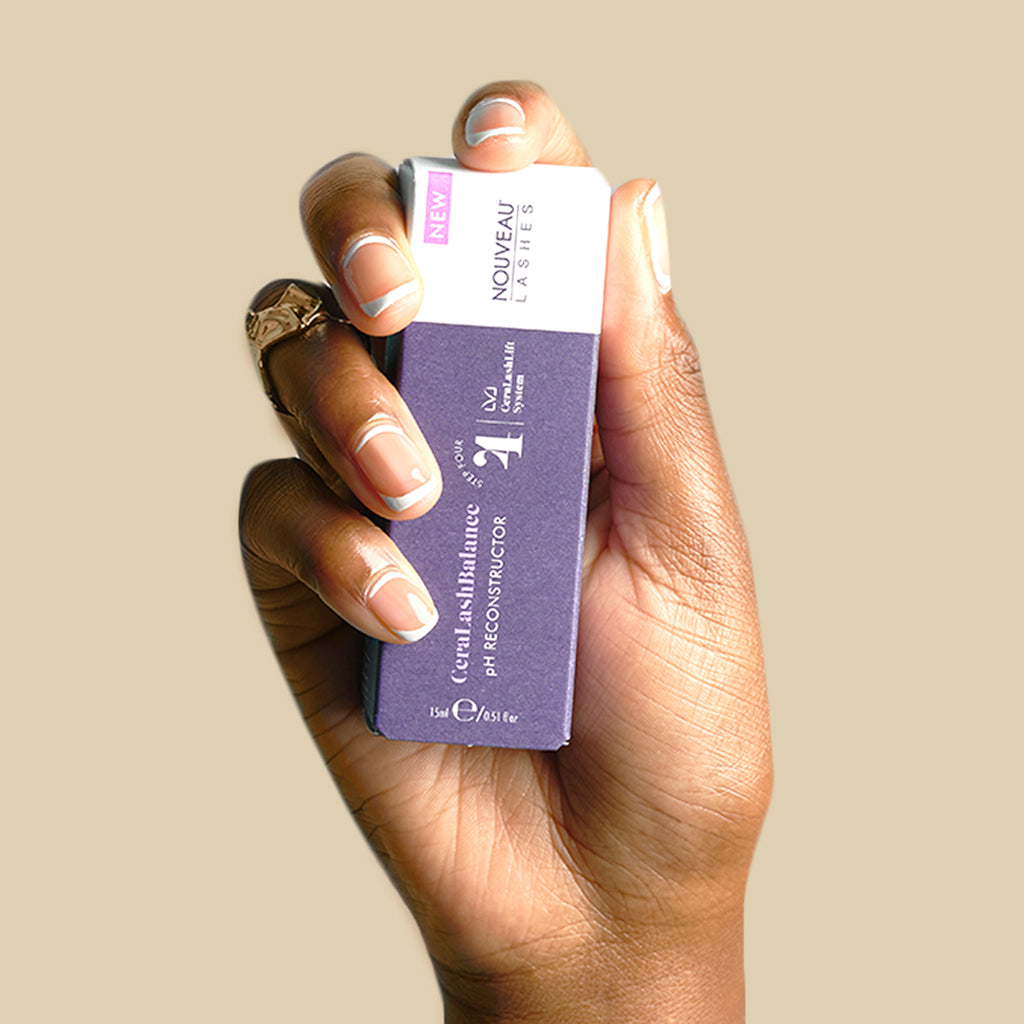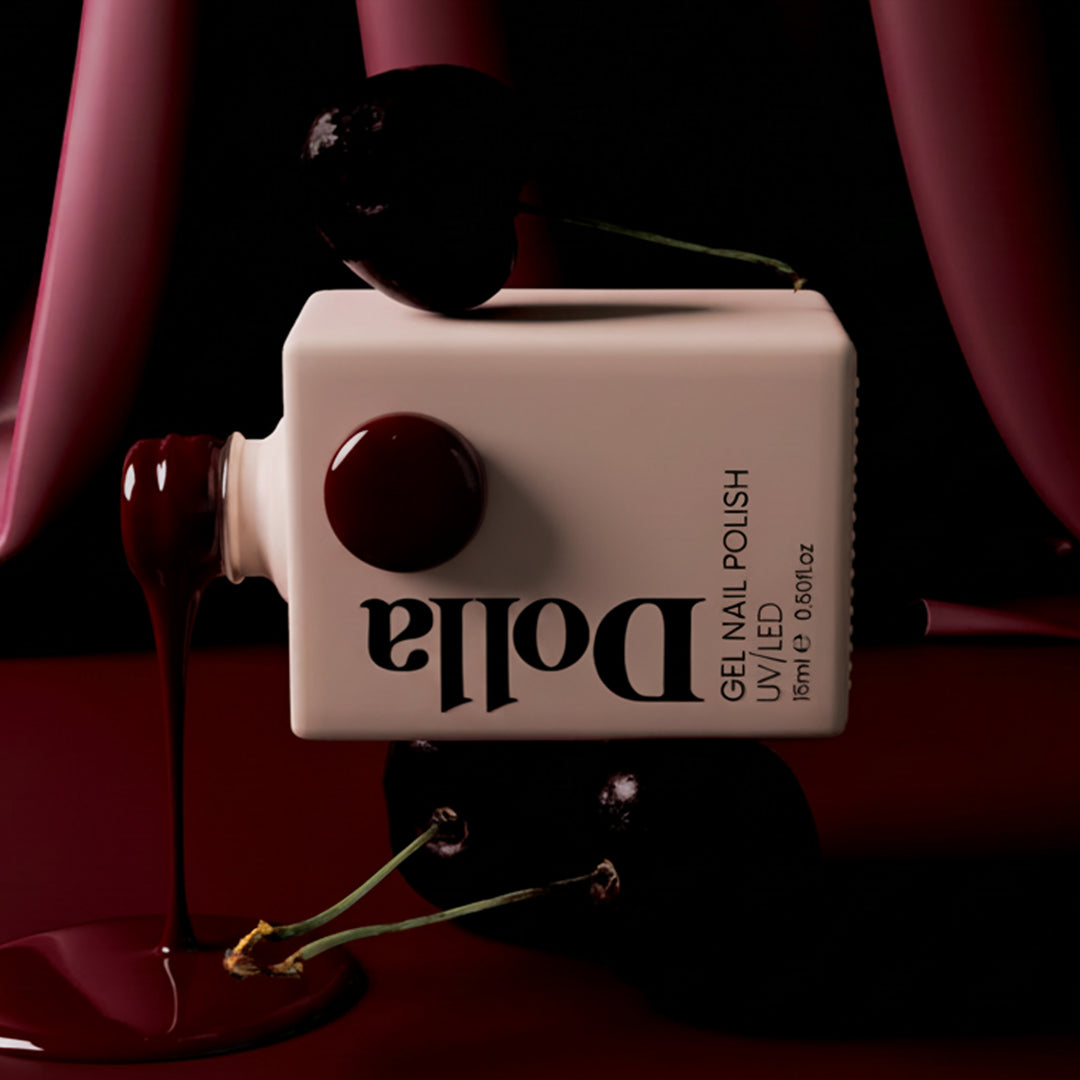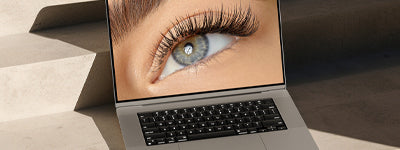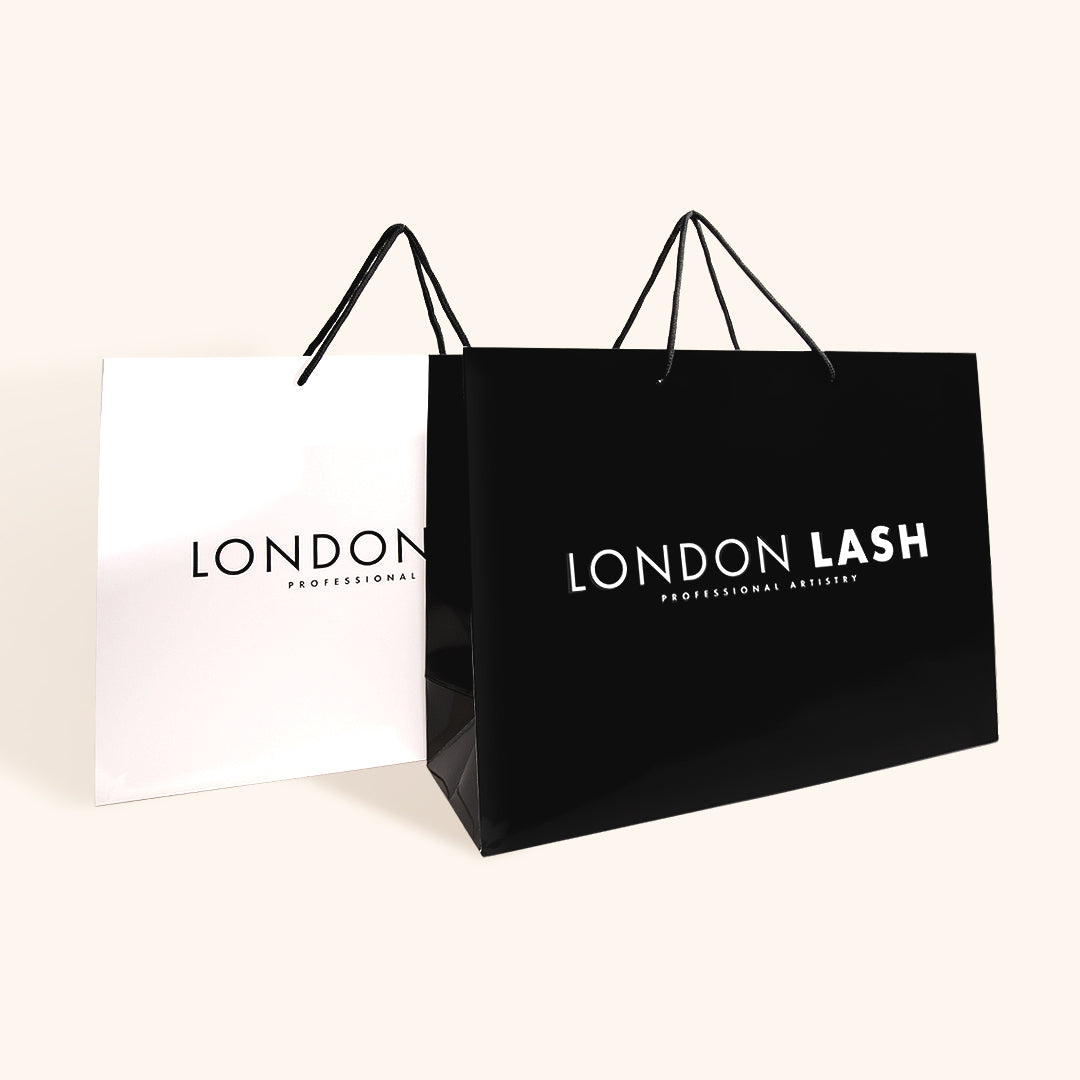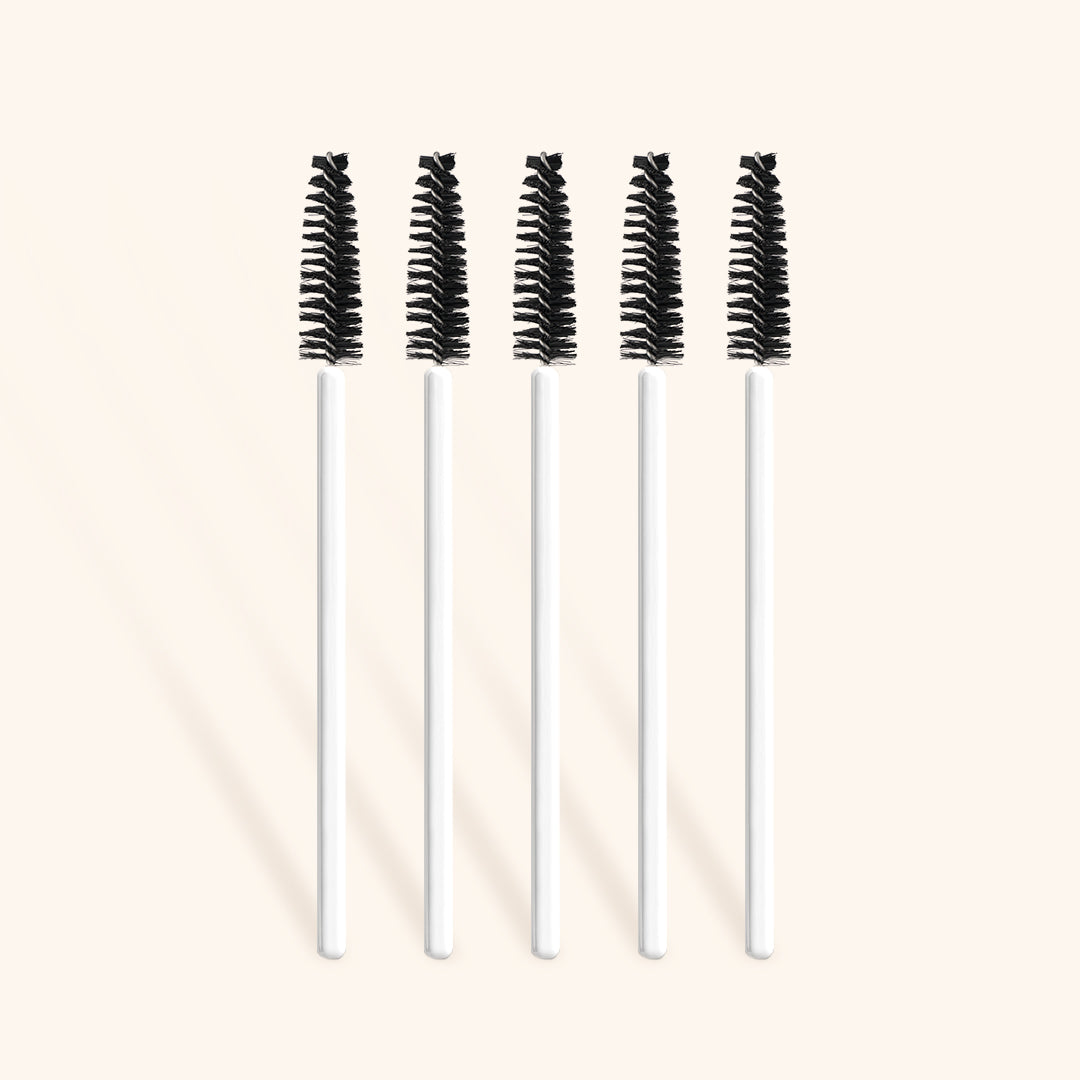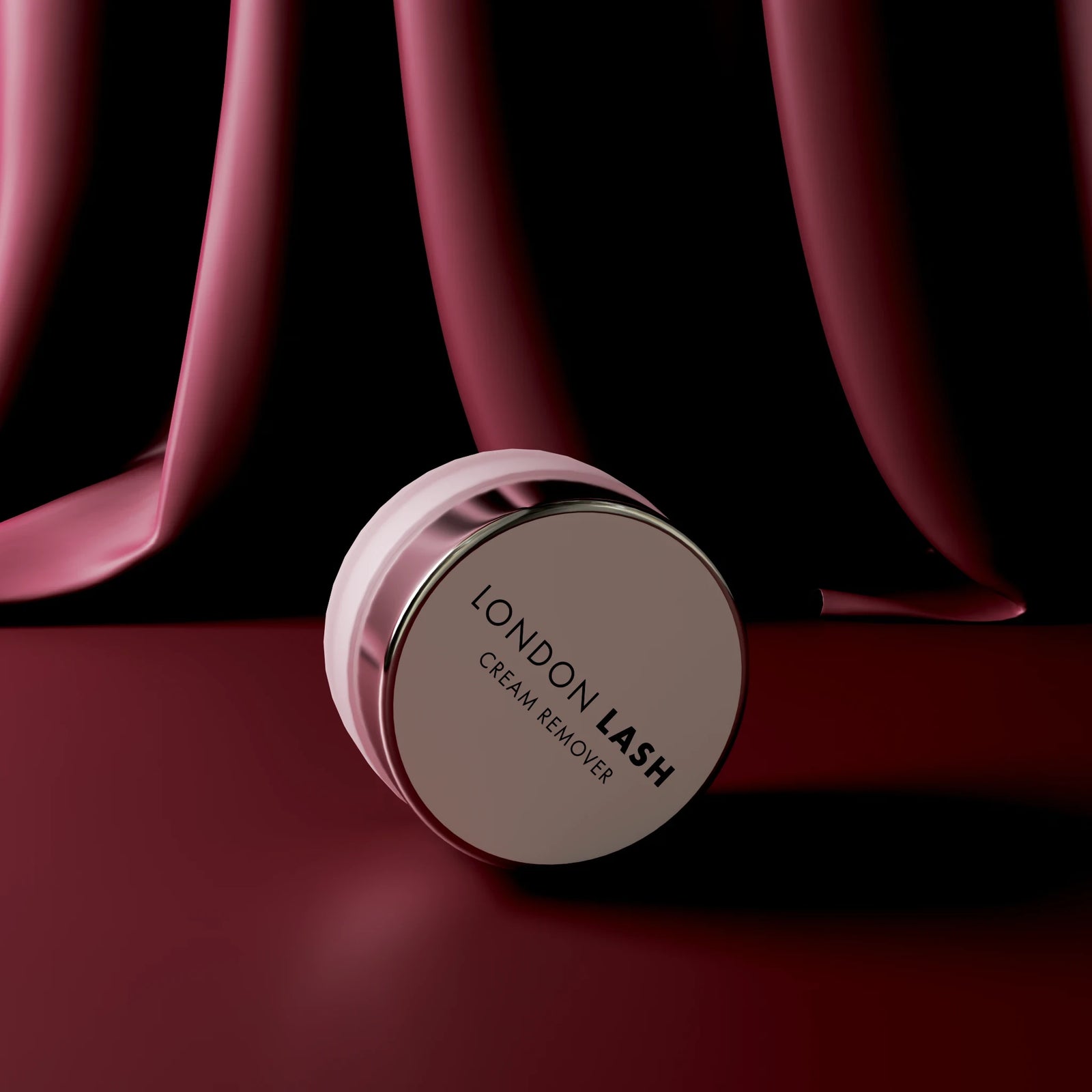New In
Glues & Liquids
Lashes
LASH LIFT
Dolla Nails Pro
Online Training
Save up to 57% off
Haunted by Blepharitis? Here’s Everything You Need to Know
October 13, 2023 4 min read

Everything You Need to Know About Blepharitis | A Lash Technician's Guide
Welcome to the spookiest time of the year! While we're all getting ready for Halloween, let's not forget the haunting issue that can give both Lash Technicians and their clients nightmares - blepharitis! In this blog post, we'll delve into the ghoulish details of blepharitis and how it can affect those who love to wear lash extensions. Discover the secrets to warding off lash mites, learn how to prevent blepharitis (which is pretty easy, to be honest), and find out how your clients can keep their lash extensions looking bewitchingly beautiful with proper lash aftercare.
Warning: Graphic lash images ahead...
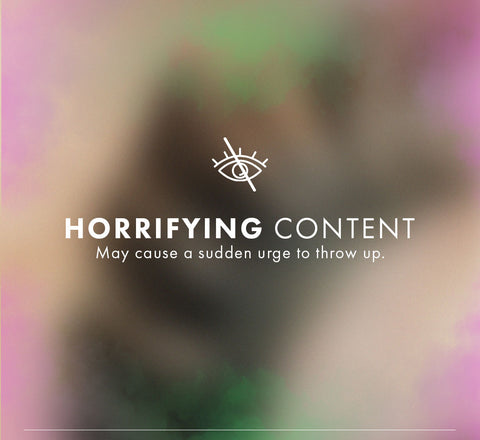
What is Blepharitis?
Blepharitis is a chronic, often recurring condition that haunts the eyes. It's an inflammation of the eyelids, typically caused by a combination of factors, including bacteria, lash mites, allergies, or oily eyelid glands. The ghastly symptoms may include redness, itching, burning, and flaky eyelids – a real nightmare for anyone with Lash Extensions!
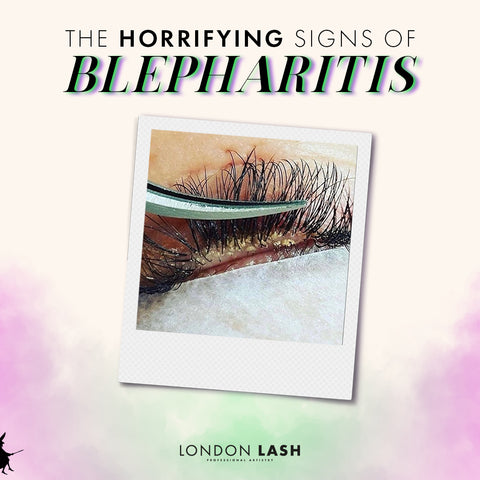
Symptoms of Blepharitis
Recognizing the symptoms of blepharitis is the first step in addressing this condition. Keep an eye out for:
Redness and Irritation: Clients may experience redness and irritation along the eyelid.
Itching and Burning: Persistent itching and a burning sensation are common symptoms.
Flaky or Crusty Eyelids: Blepharitis can lead to flaky, crusty deposits along the lash line.
Watery Eyes: Some individuals may experience watery eyes as a result of blepharitis.
Sensitivity to Light: Photophobia, or sensitivity to light, can be an unsettling symptom.
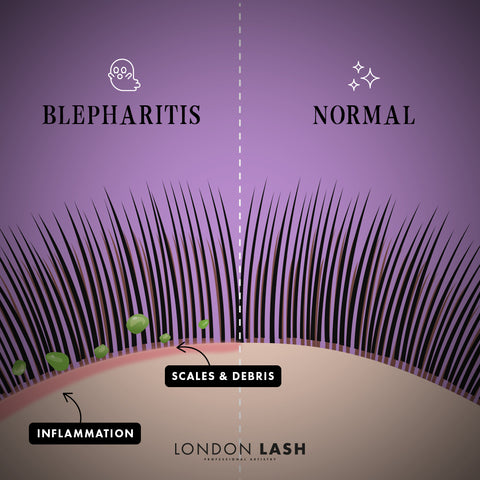
How to Avoid Blepharitis
Prevention is the best defense against the haunting presence of blepharitis. As a Lash Technician, you can advise your clients on how to avoid this condition:
1. Hygiene is Key: Emphasize the importance of clean eyelids and lashes. Encourage clients to use a gentle lash cleanser to wash their eyelids at least once daily. If you want to learn more about proper lash extension aftercare, you can check out our aftercare blog post here!
2. Avoid Rubbing: Advise clients not to rub or scratch their eyes, as this can worsen blepharitis symptoms.
3. Allergen Management: If your clients suffer from allergies, it's important to be mindful of their triggers. While it may be tempting to recommend medication such as antihistamines to manage their symptoms, it's crucial that you don't. Your role is to direct them to a professional, such as their doctor, who can provide appropriate medical advice and treatment. If you can see that they have any sort of infection or reaction, it’s important that you do not go ahead with any sort of lash treatment.
4. Lash Extension Maintenance: Lash extensions that are correctly applied and well maintained can help protect the natural lashes and reduce the risk of blepharitis. This includes regular infills, and of course, regularly washing the lashes.

The Importance of Pretreatment
Before applying the lash extensions, ensure your clients are well-prepped. Here are some rituals to help keep blepharitis at bay:
Consultation and Assessment: Evaluate your client's eye health and educate them about blepharitis and its causes.
Hygiene: Emphasize the importance of clean eyelids and lashes and recommend a gentle lash cleanser to use before the appointment.
Patch Test: Perform a patch test for lash adhesive at least 48 hours before the lash appointment to identify any allergic reactions.
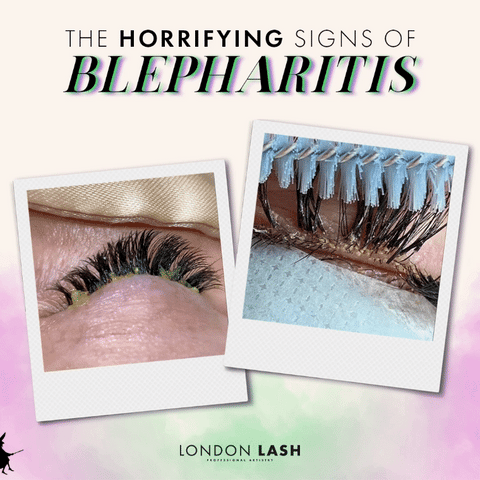
Choosing the Right Lash Cleanser
It’s important as a Lash Technician that you recommend a high-quality lash shampoo to your clients with lash extensions, such as the soothing, tea tree-infused, foaming lash shampoo by London Lash. Specially formulated lash shampoos are designed to cleanse the lashes gently without compromising the adhesive bonds. Ensure the cleanser is free from harsh chemicals that may worsen blepharitis symptoms.
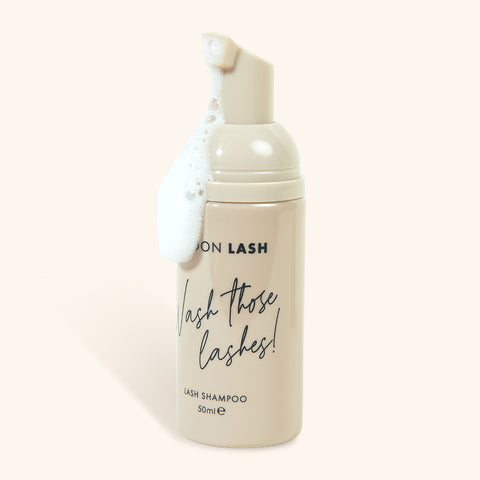
Lash Extension Aftercare
Eyelash extension aftercare is crucial to prevent blepharitis as it helps remove dirt, makeup, dust, and oils from lashes. Share these tips with your clients:
-
Gentle Cleansing: Instruct clients to cleanse their lashes daily using a lash extension cleanser. Don’t assume your client knows how to clean their lashes! Whether you show your client during their appointment or post a tutorial to your socials - it’s important that you demonstrate the correct technique for cleaning eyelash extensions.
-
Regular Brushing: Advise your clients to regularly brush their eyelash extensions with a clean spoolie brush to prevent them from tangling and to ensure the lashes don’t cross over. Why not go the extra mile for the sake of your clients’ lashes and provide them with a free spoolie brush at the end of their appointment? This way, they have no excuse not to brush them!
-
Avoid Oily Products: Encourage the use of oil-free makeup and skincare products, as oils can break down lash adhesive and worsen blepharitis symptoms. If you want more information about this, we have a comprehensive guide on how to wear makeup with eyelash extensions!
Share our guide to lash extension aftercare with your clients!
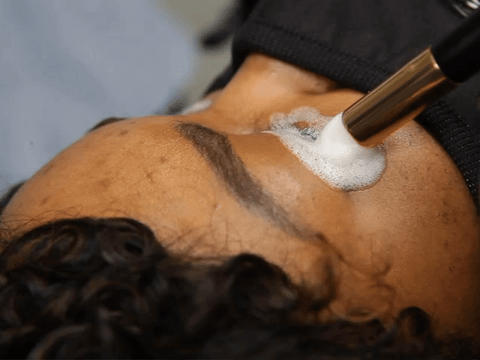
As a Lash Technician, it's your responsibility to educate your clients about the possibility of blepharitis and help them maintain healthy, luscious lashes. Remember, knowledge is the best defense, and by following an excellent pretreatment routine and practicing proper lash aftercare, you and your clients can keep their lashes looking beautiful all year round. So, as you prepare for the ghostly festivities of Halloween, don't forget to cast away the specter of blepharitis from your lash salon!
Check out these featured products
Subscribe
Sign up to get the latest on sales, new releases and more …

